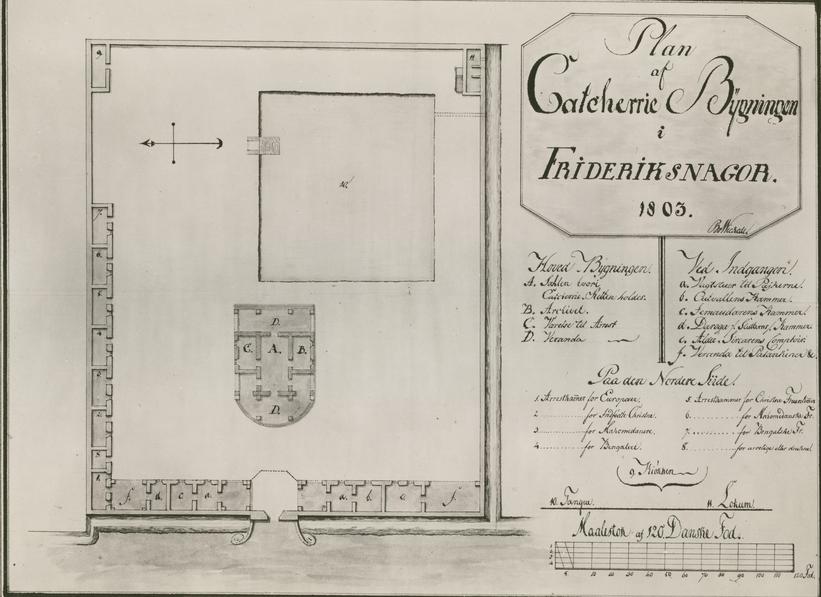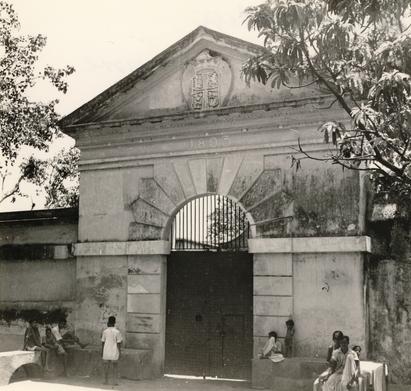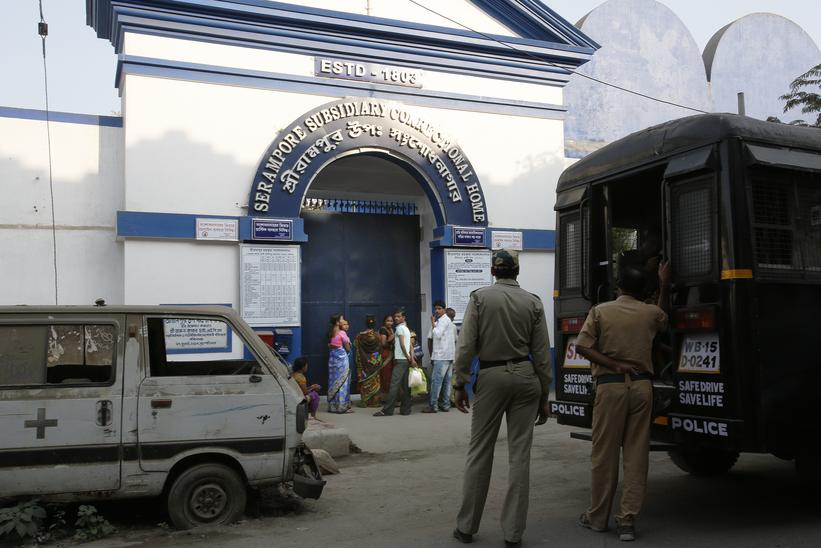The Jail – The Catcherie
The Danish administration in Serampore was responsible for maintaining law and order. That said, they preferred not to interfere in local conflicts whenever this could be avoided, even though they had formal power. The town had a courthouse and a jail, which was called the Catcherie derived from the local word for courthouse – kachari. In the beginning, the jail consisted of only two rooms. It was overcrowded and generally, a rather unpleasant place to be. However, in 1803, the Danes commissioned the building of a new, large jail which was considered very modern by the standards of the time.

Respect for Religion
The Danes spoke of the new jail with pride. The added cells made it possible to segregate the prisoners, so that inmates would not have to share cells with people belonging to other religious groups. Hindu, Muslim and Christian Indians were therefore held separately inside the jail. Being forced to live with people who had different rules for eating or were considered religiously unclean was deemed an unreasonable additional punishment by the locals. By segregating the prisoners, the Danes adapted to local customs foreign to their own way of thinking. There were also cells for Serampore’s European criminals.

Still a Jail Today
The British administration kept the jail running after the Danes left Serampore in 1845. When India gained independence in 1947, the Indian authorities assumed control of the jail and the other colonial buildings. The jail continues to function as Serampore Subsidiary Correctional Home. Here, male and female inmates serve their sentences after they have been convicted at the local courthouse. The main gate and surrounding wall from the original building still stand. Behind the wall, a modern building has been erected, but the old cells are still in active use.

